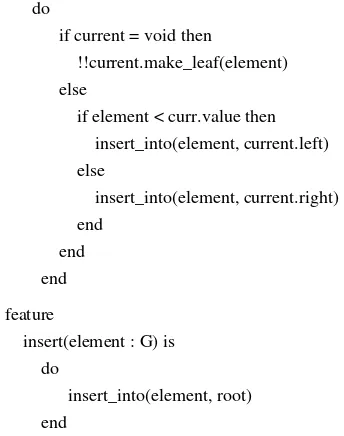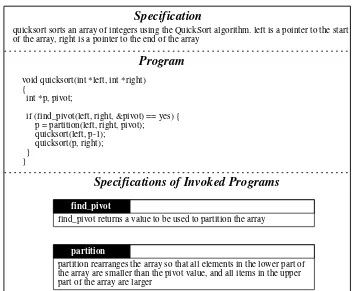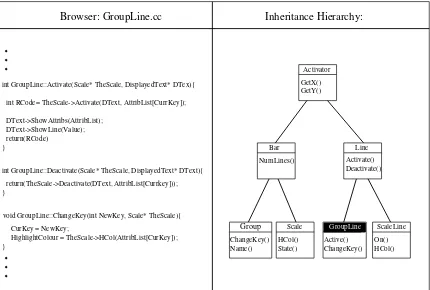Applying inspection to object-oriented software
Full text
Figure




Outline
Related documents
– End result is a more specific object type, called the sub-class / derived class / child class.. – The original code is called the superclass / parent class /
Figure 15 illustrates how the ACE Reactor and HTTP Acceptor components can be reused for the Thread-per- Request model, i.e., the ACE Reactor blocks in the main thread waiting
MO class which has access to the meta-class information and the attributes of the object instance. Before filtering is applied, the object instance is requested to “refresh”
§ Apply systematic changes to programs - Code instrumentation Meta level Class Method Field.. Code Manipulation
Application code that requires access to a remote DCE object simply constructs an instance of the concrete class (supplying optional location information if desired) and makes
ensure a class only ever has one instance & provide a global point of access Applicability. – when there must be exactly one instance of a class, & it must be accessible
protected: only member functions of the same class or of derived classes can access it: other classes or global functions can’t public: every function can access it. class MyClass
Ans Nested class is a class defined inside a class, that can be used within the scope of the class in which it is defined. In C++ nested classes are not given


